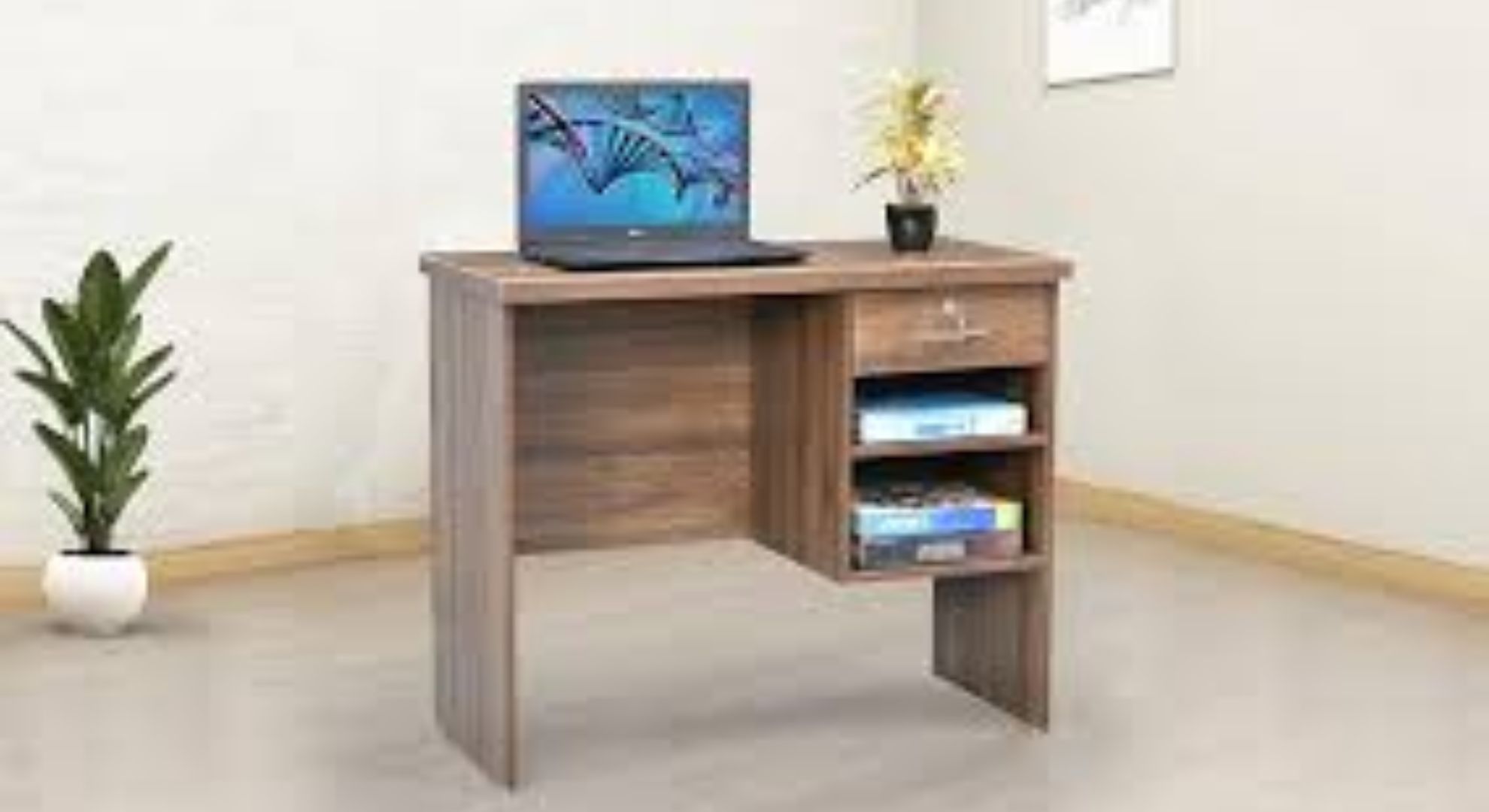Choosing the right office computer table is more important than it may seem. It’s not just about aesthetics it directly affects your productivity, comfort, and overall work efficiency. Whether you’re setting up a home office or upgrading your workspace, the perfect table can make a world of difference. Here are five practical tips to help you pick the best office computer table for your space.
1. Assess Your Space and Layout
Before you start shopping, take accurate measurements of your office space. Think about where you want to place the office computer table—is it going against a wall, in a corner, or in the center of the room? Knowing the dimensions will prevent you from buying a table that’s either too bulky or too small. Also, consider how the layout of the room affects things like natural lighting, foot traffic, and access to electrical outlets. A well-placed office computer table not only looks better but also enhances the workflow of your day-to-day tasks.
2. Match Functionality with Your Work Style
Everyone works differently. Some people need space for dual monitors, while others just need room for a laptop and a cup of coffee. Ask yourself:
- Do you need a large surface for paperwork?
- Will you be storing files, office supplies, or equipment?
- Do you prefer a standing desk or an adjustable height option?
Choose an office computer table that matches your work habits. For instance, if you deal with a lot of cables and gadgets, look for built-in cable management systems or grommets. If storage is a priority, go for a model with drawers, shelves, or even modular components you can add on later.
3. Prioritize Comfort and Ergonomics
Ergonomics is crucial if you’re spending long hours at your desk. A poorly designed office computer table can lead to neck strain, wrist pain, and poor posture. Look for a table that allows your monitor to be at eye level and your arms to rest comfortably while typing.
Make sure there’s enough space under the table for your legs to move freely, and if you’re using an office chair, check that it fits well with the desk height. Comfort leads to better focus and fewer distractions throughout the day.
4. Choose the Right Material and Build Quality
Office computer tables come in a range of materials—wood, metal, glass, engineered wood, and more. While style is a personal preference, durability should be a top priority.
- Solid wood: Sturdy and stylish, but usually heavier and more expensive.
- Engineered wood or MDF: More affordable, lightweight, and available in a wide range of finishes.
- Metal and glass: Sleek and modern, but may not suit all types of decor.
Check the weight capacity, especially if you’re using heavy equipment like multiple monitors or a desktop tower. A well-built office computer table is an investment that can last for years with minimal wear and tear.
5. Blend Style with Practicality
Yes, functionality is important, but your office computer table should also complement the overall vibe of your space. Choose a design that reflects your taste modern, minimalist, industrial, or classic. Consider color and finish, especially if your workspace is part of a larger room like a living area or bedroom. A stylish table that blends in well can enhance the ambiance of your entire space and even help you feel more motivated.
Final Thoughts
The perfect office computer table strikes a balance between form and function. It should fit well within your space, support your workflow, and provide comfort for long working hours. By considering these five key tips space, functionality, ergonomics, materials, and style you’ll be well on your way to creating a workspace that truly works for you.
Read More ( Click Here )













